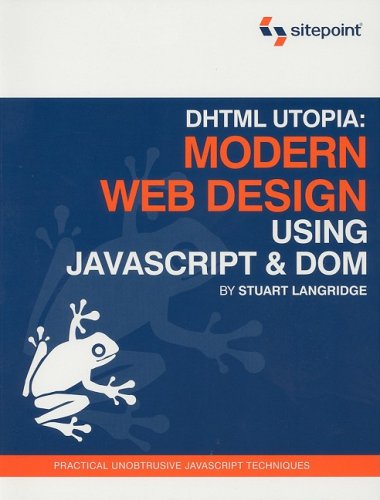- 2 402 202 книги
- Поиск
libcats.org









Practical grey-box process identification: theory and applications
Torsten BohlinSynopsisIn process modelling, knowledge of the process under consideration is typically partial with significant unknown inputs (disturbances) to the model. Disturbances militate against the desirable trait of model reproducibility. "Grey-box" identification can assist, in these circumstances, by taking advantage of the two sources of information that may be available: any invariant prior knowledge and response data from experiments.Practical Grey-box Process Identification is a three-stranded response to the following questions which are frequently raised in connection with grey-box methods: * How much of my prior knowledge is useful and even correct in this environment? * Are my experimental data sufficient and relevant? * What do I do about the disturbances that I can't get rid of? * How do I know when my model is good enough?The first part of the book is a short review of the theoretical fundamentals of grey-box identification, focussing particularly on the theory necessary for the software presented in the second part. Part II puts the spotlight on MoCaVa, a MATLABÂR-compatible software tool, downloadable from springeronline.com, for facilitating the procedure of effective grey-box identification. Part III demonstrates the application of MoCaVa using two case studies drawn from the paper and steel industries. More advanced theory is laid out in an appendix and the MoCaVa source code enables readers to expand on its capabilities to their own ends.Practical Grey-box Process Identification will be of great interest and help to process control engineers and researchers and the software show-cased here will be of much practical assistance to students doing project work in this field.
Популярные книги за неделю:

Проектирование и строительство. Дом, квартира, сад
Автор: Петер Нойферт, Автор: Людвиг Нефф
Размер книги: 20.83 Mb

Система упражнений по развитию способностей человека (Практическое пособие)
Автор: Петров Аркадий НаумовичКатегория: Путь к себе
Размер книги: 818 Kb

Сотворение мира (3-х томник)
Автор: Петров Аркадий НаумовичКатегория: Путь к себе
Размер книги: 817 Kb

Радиолюбительские схемы на ИС типа 555
Автор: Трейстер Р.Категория: Электротехника и связь
Размер книги: 13.64 Mb
Только что пользователи скачали эти книги:

Крепость Несокрушимая Иначе Как Для Сакнота
Автор: Дансени ЛордКатегория: Научная Фантастика
Размер книги: 36 Kb

DHTML Utopia: Modern Web Design Using JavaScript & DOM
Автор: Stuart Langridge
Размер книги: 2.64 Mb

Trade the Trader: Know Your Competition and Find Your Edge for Profitable Trading
Автор: Quint TatroКатегория: Математика, Прикладная математика
Размер книги: 2.46 Mb

Beyond Katrina: A Meditation on the Mississippi Gulf Coast (Sarah Mills Hodge Fund Publication)
Автор: Natasha Trethewey
Размер книги: 2.78 Mb

Введение в нанотехнологию
Автор: Кобаяси Н.Категория: Техника, Нанотехнологии
Размер книги: 4.31 Mb





